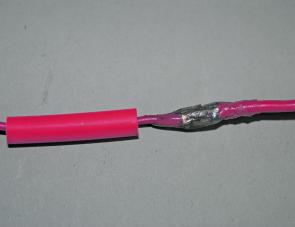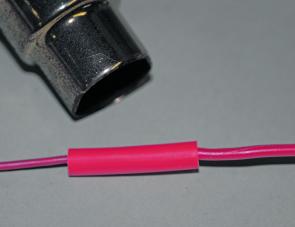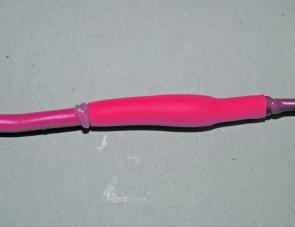TheBigGuy
Well-Known Member
My electrical supplier does most of his business with logging trucks, has done for decades. We both figure the vibration issues are about the same with boats and log trucks. Salt corrosion occurs with trucks too, but not a year round issue as with coastal boats. His mantra is crimp, solder, heat shrink. Worked for me so far.
Sly_karma I guess that just means we're old dinosaurs. I just always been a soldering guy ever since I bought my first copy of the 12 volt doctors Bible for boats. I know the new crimping systems are far superior to the old stuff, but I still feel soldering most crimps on is only making for a better connection. With the glue and heat shrink I add to them I'm pretty confident they'll last longer than me. Or at least till the component they're attached to fails, and I wire in a new component. That's where I think this all becomes moot, these wiring systems will probably outlast anything that's wired in these days. With everthing made in China, I'm pretty sure most of my wiring will outlast what I'm wiring up. At which point I'll probably redo the wiring anyways just to be on the safe side when the shoddy component fails.







